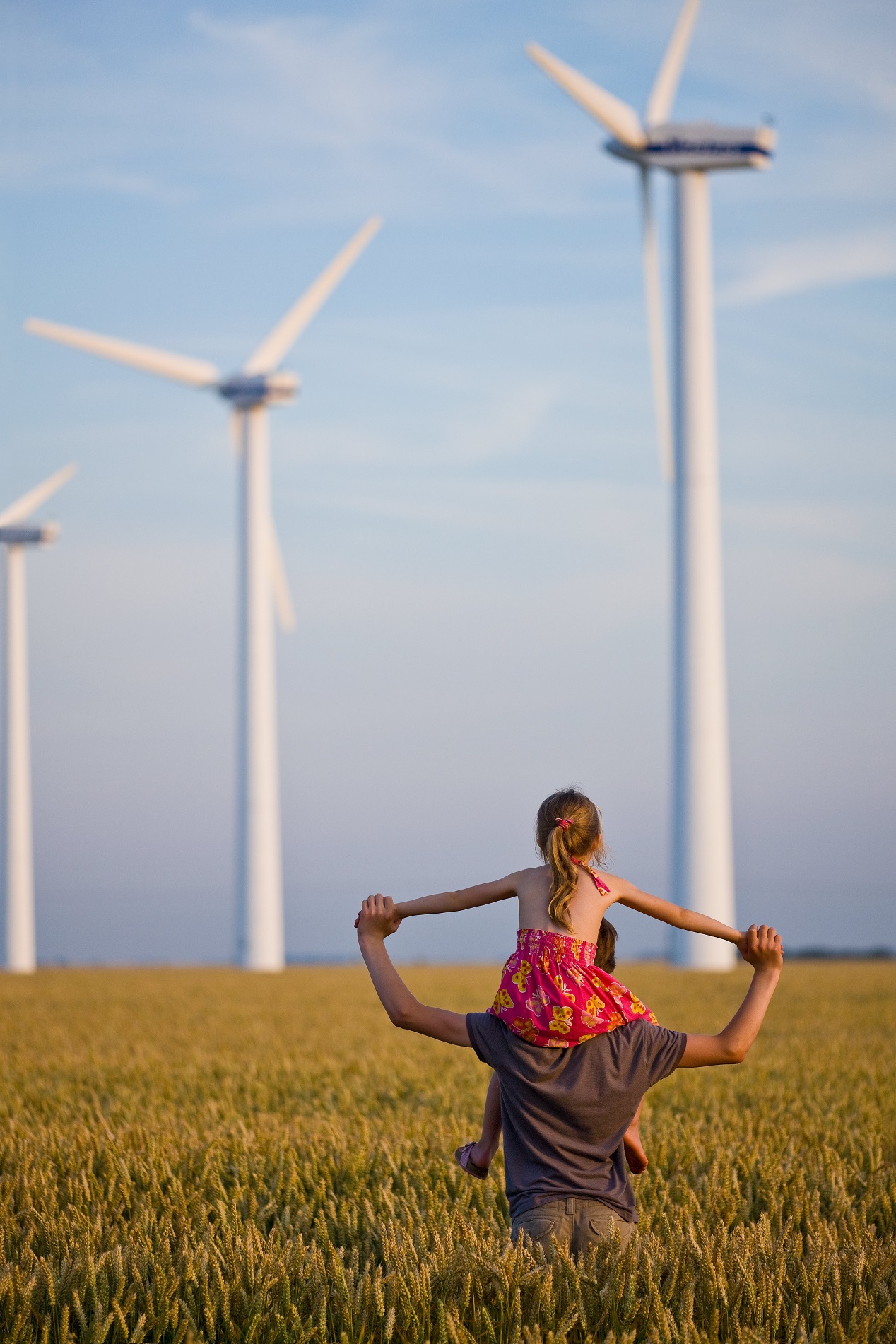

Better planning can deliver to our rural communities.
You get the most stunning views over the rural landscape from the top of a wind turbine, the sheep looking like small fluffy toys on the paddock below. The views over an increasingly multifunctional landscape are worth many times the effort of climbing the rungs in the tower. We have an opportunity to thrive as a nation in balance with Papatūānuku and an obligation to reduce emissions and manage the risks of our changing climate. To achieve this balance and thrive together we need a strong and repopulated rural sector in tune with a vibrant urban Aotearoa.
Energy production, so essential to powering and decarbonising Aotearoa, largely occurs in rural areas: hydro dams such as the Clyde dam, wind farms, solar farms, geothermal plants. The Resource Management Act 1991 (RMA), meanwhile, is the closest thing we’ve had to a national rural policy and was intended to provide for the sustainable management of nature, including energy. Yet the degradation of our lakes, rivers, wetlands and estuaries, the approval of fossil fuel extraction through the RMA process and many more examples show that the RMA has failed to deliver sustainable outcomes.
Perversely, the RMA has stymied clean green renewable projects that would help diversify farm income while simultaneously enabling fossil fuel extraction. Fracking, for example, which is the process of extracting previously inaccessible oil and fossil gas from the earth’s crust, is simply a terrible idea. Any and all expansion of fossil fuel extraction hastens climate breakdown. But more immediately, as the Parliamentary Commissioner for the Environment pointed out in 2012, there are many other environmental risks from fracking such as increased earthquake risk, and soil and ground water contamination.
So, clearly, the Resource Management Act has passed its use-by date. We need policy that will enable ecosystem restoration, rapid expansion of renewable electricity production and sustainable food and fibre production. We need policy that will assist with the repopulation of rural areas and is flexible enough to allow adaptation to climate disruption and the cascading impacts of climate breakdown, such as the flash flooding in recent years at Middlemarch or the erosion of the coastal road and land between Oamaru and Waianakarua.
The replacement of the Resource Management Act with new legislation in the form of the Natural and Built Environments Act (NBA) and Spatial Planning Act (SPA) and, next year, The Climate Adaptation Act has just been announced. The changes won’t come in overnight and the new legislation will be debated for some time to come, particularly as these are such significant new pieces of legislation.
In the meantime other initiatives are afoot that can assist the development of Māori-owned and community-scale renewable energy developments, supporting rural diversification. In the 2022 Budget funding was announced for a Community & Energy Fund which, while still small, will begin to stimulate the democratisation and decentralisation of our energy system, and support farm diversification.
We desperately need the government support and stimulus to enable distributed energy resources (DER) with public benefit, providing rural jobs and income. Energy farming with renewables is part of rural diversification in other parts of the world and it is time we built this into our legislative framework to assist rural development.
We can’t take any of this for granted. False solutions are also a risk, such as the proposal by corporate interests to build an incineration unit in Waimate purportedly as a "waste to energy" plant. There’s nothing sustainable about creating a market for waste, when instead we need to build a circular economy, and nothing sustainable about poisoning air, land and water with toxic ash. Such proposals are rural development of the worst kind.
At present, the "Project Kea" proposal (a fantastic example of green-washing rubbish disposal) is being contested through the RMA consenting process. The new replacement legislation, in particular the Natural and Built Environments Act, should place limits on environmental degradation and provide targets, such as waste reduction rather than incineration, but won’t be in place before a decision is made on the Waimate incineration plant, so we’re in a frustrating twilight legislative zone.
Where things are murky we need light and transparency. This is where national organisations such as the Zero Waste Network, Para Kore, the Community Energy Network and Enviro Hubs Aotearoa can assist, whether it’s to advocate for local citizen groups or provide information and assistance for Māori and community initiatives. So in addition to the legislative changes under way we need to harness the power of community.
The Māori and community member organisations in these national networks are primed, skilled, and experienced with capacity to act for ambitious climate solutions. Together, and with their connections to hundreds of thousands of households, they offer as much, if not more, transformative potential as the new legislation. Together, working at the flaxroots, they forge creative pathways for decarbonisation and enabling adaptation.












